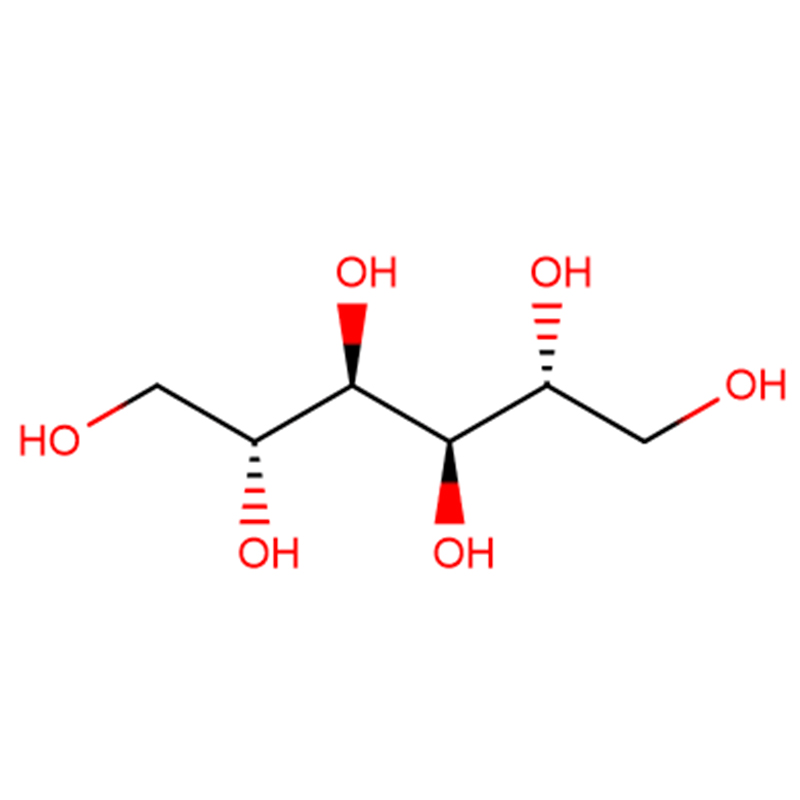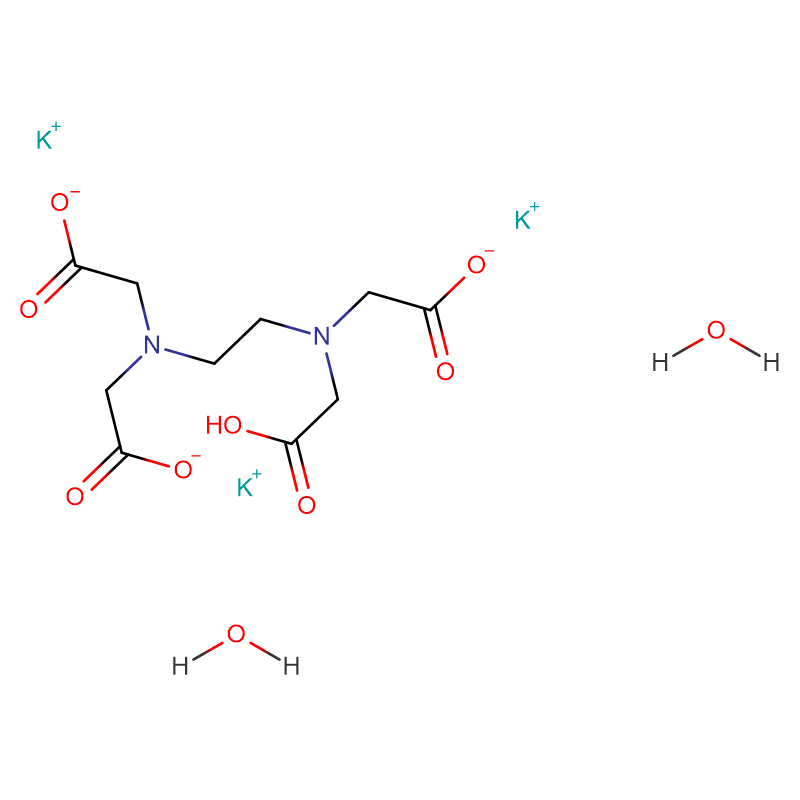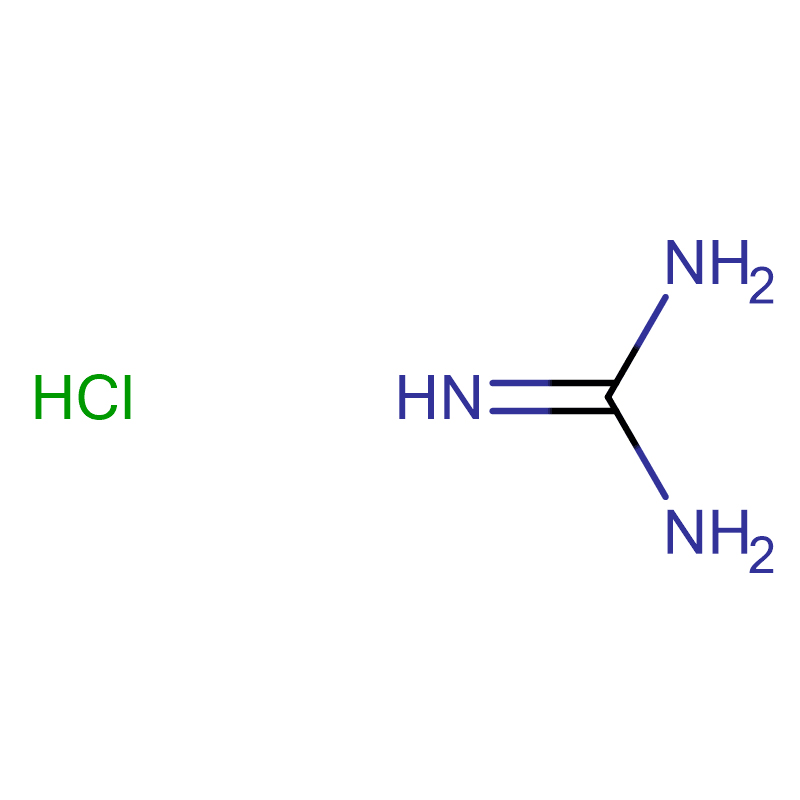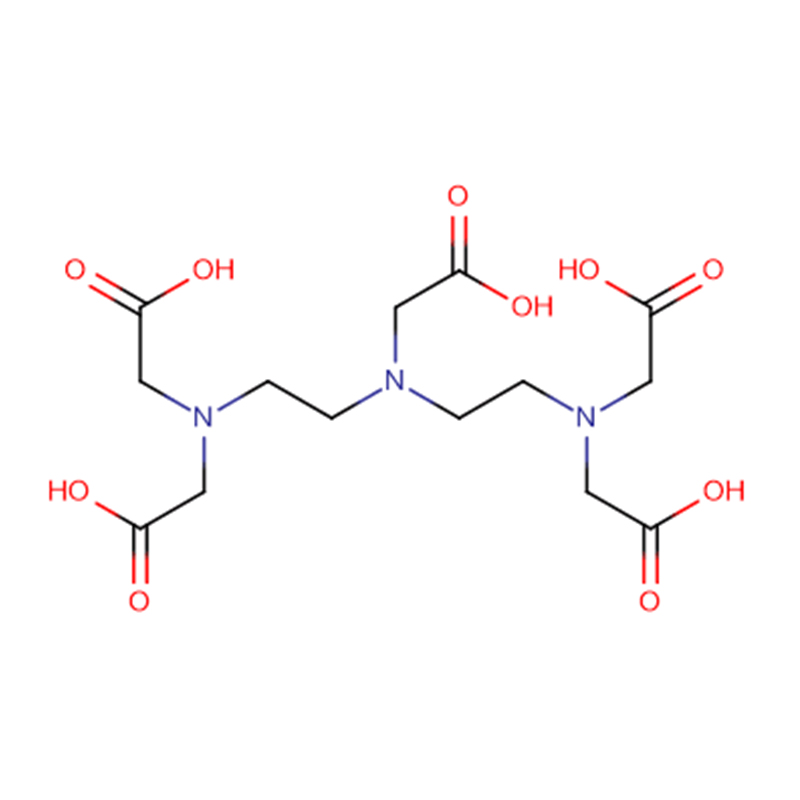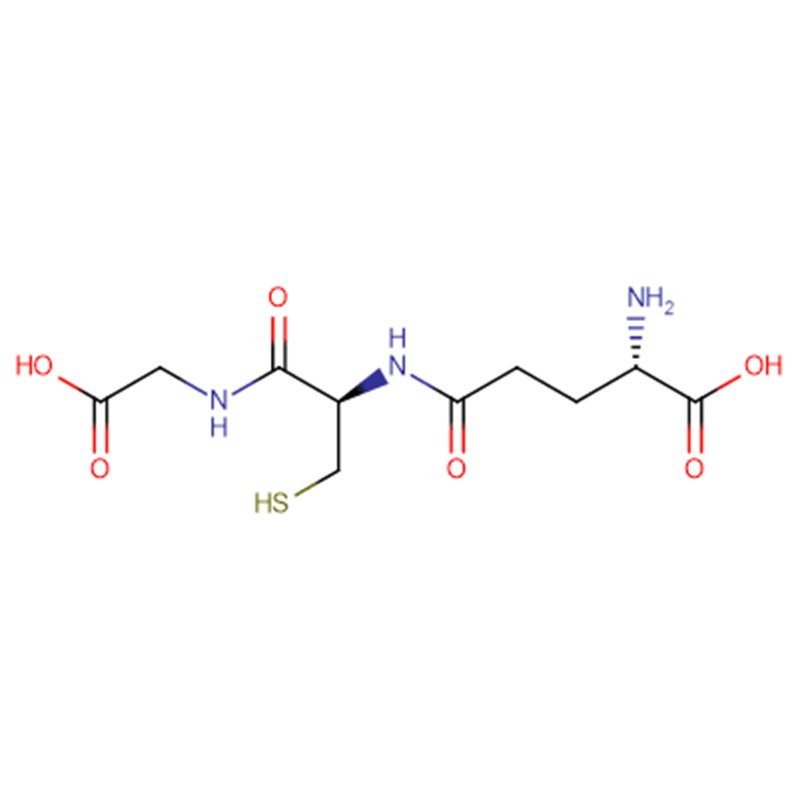D-Mannitol Cas: 69-65-8 96-101.5% White crystalline powder
| Catalog Number | XD90226 |
| Product Name | D-Mannitol |
|
CAS |
69-65-8 |
|
Molecular Formula |
C6H14O6 |
|
Molecular Weight |
182.1718 |
| Storage Details | Ambient |
|
Harmonized Tariff Code |
29054300 |
Product Specification
| Melting Point | 164 - 169 Deg C |
| Grade | BP |
| Specific rotation | +23 - +25 |
| AS | <1ppm |
| Loss on Drying | <0.3% |
| Sulfate | <0.01% |
| Assay | 96 - 101.5% |
| Nickel | ≤ 1ppm |
| Acid | <0.2ml |
| Reducing Sugar | ≤ 0.1% |
| Conductivity | ⩽ 20us/cm |
| Cl | <0.007% |
| Appearance | White crystalline powder |
To investigate the role of oxidative stress and/or mitochondrial impairment in the occurrence of acute kidney injury (AKI) during sepsis, we developed a sepsis-induced in vitro model using proximal tubular epithelial cells exposed to a bacterial endotoxin (lipopolysaccharide, LPS). This investigation has provided key features on the relationship between oxidative stress and mitochondrial respiratory chain activity defects. LPS treatment resulted in an increase in the expression of inducible nitric oxide synthase (iNOS) and NADPH oxidase 4 (NOX-4), suggesting the cytosolic overexpression of nitric oxide and superoxide anion, the primary reactive nitrogen species (RNS) and reactive oxygen species (ROS). This oxidant state seemed to interrupt mitochondrial oxidative phosphorylation by reducing cytochrome c oxidase activity. As a consequence, disruptions in the electron transport and the proton pumping across the mitochondrial inner membrane occurred, leading to a decrease of the mitochond rial membrane potential, a release of apoptotic-inducing factors and a depletion of adenosine triphosphate. Interestingly, after being targeted by RNS and ROS, mitochondria became in turn producer of ROS, thus contributing to increase the mitochondrial dysfunction. The role of oxidants in mitochondrial dysfunction was further confirmed by the use of iNOS inhibitors or antioxidants that preserve cytochrome c oxidase activity and prevent mitochondrial membrane potential dissipation. These results suggest that sepsis-induced AKI should not only be regarded as failure of energy status but also as an integrated response, including transcriptional events, ROS signaling, mitochondrial activity and metabolic orientation such as apoptosis.


